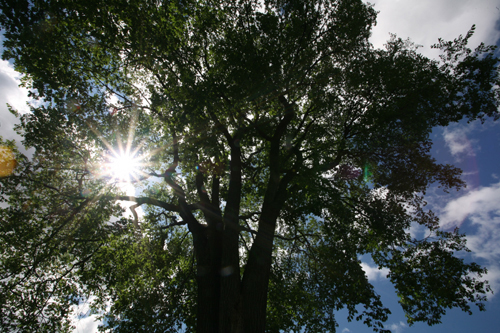inews reports the pine martens live in forests or pockets of forestland, meaning the improvement is only being felt in these areas. Red squirrel numbers have rebounded significantly in parts of the UK in the past decade after years of decline, a new study finds.
The increase in red squirrel numbers has occurred in forested areas, hand in hand with growing pine marten populations, researchers say. That’s because the pine martens are eating the grey squirrels that have largely driven away the red squirrels over the years.

